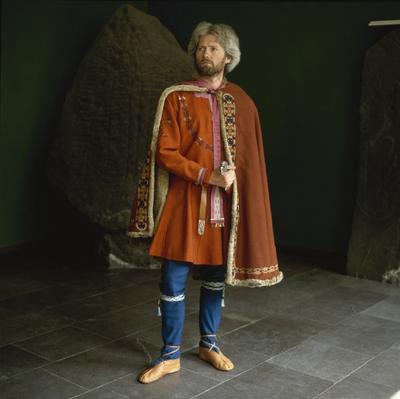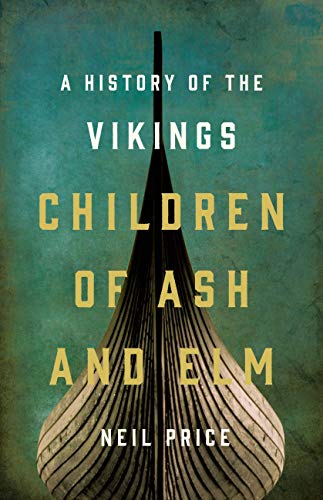With the days now longer than the nights, it’s time to start wondering what this year’s spring fashions will bring. Of course, no one will ever be as fashionable as the Vikings, as is obvious from the website of the Danish National Museum.
It may come as little surprise that your average Viking gentleman would wear a simple tunic and trousers combo, while the ladies would go for strap dresses worn over undergarments. The materials used would depend on what was available, usually wool and flax. However, the more stylish (and probably more wealthy) Viking would be seen sporting the latest fashion from that hub of haute couture, the Eastern Roman Empire.
While the riff-raff might be reduced to simple wool, for the better off silk was everything. After all, weren’t the routes that moved product from the Mandarins to the Mediterranean known as Silk Roads? Justinian the Great of Byzantium had used it to display his power in the mid-6th century and the Byzantines would maintain a monopoly on Silk production in Europe for the next 600 years.
But not all silk was equal. Particularly sought after were bright blue and red, as these were seen to signal wealth and power. In Denmark, no one (at least no one we know of) was more stylish than the Mammen man. Discovered by a farmer in 1868 in a mound in Mammen dating back to ca. 971, the man was discovered with the following:
“The buried man lay upon a bed of down cushions in a coffin placed in a wooden chamber – a so-called chamber-grave. At his feet lay two axes. On the coffin lid a bronze bucket, two wooden buckets and a large wax candle had been placed. The man wore costly clothing decorated with purple and red silk, as well as embroideries in red and blue. It is not known whether the deceased was Christian or pagan. The motifs on the one axe can be interpreted as both of these, but the large candle is probably a Christian symbol. The fine quality of the furnishings shows that the deceased presumably belonged to the circle around King Harald Bluetooth.”
Now who wouldn’t want to be seen with such a Ma(mme)n?
The grave from Mammen (natmus.dk)
Clothes and jewellery (natmus.dk)



